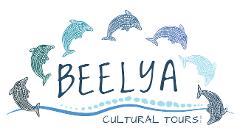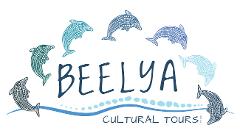Six Seasons Cultural Walk - MAKURU Bidi (June - July)
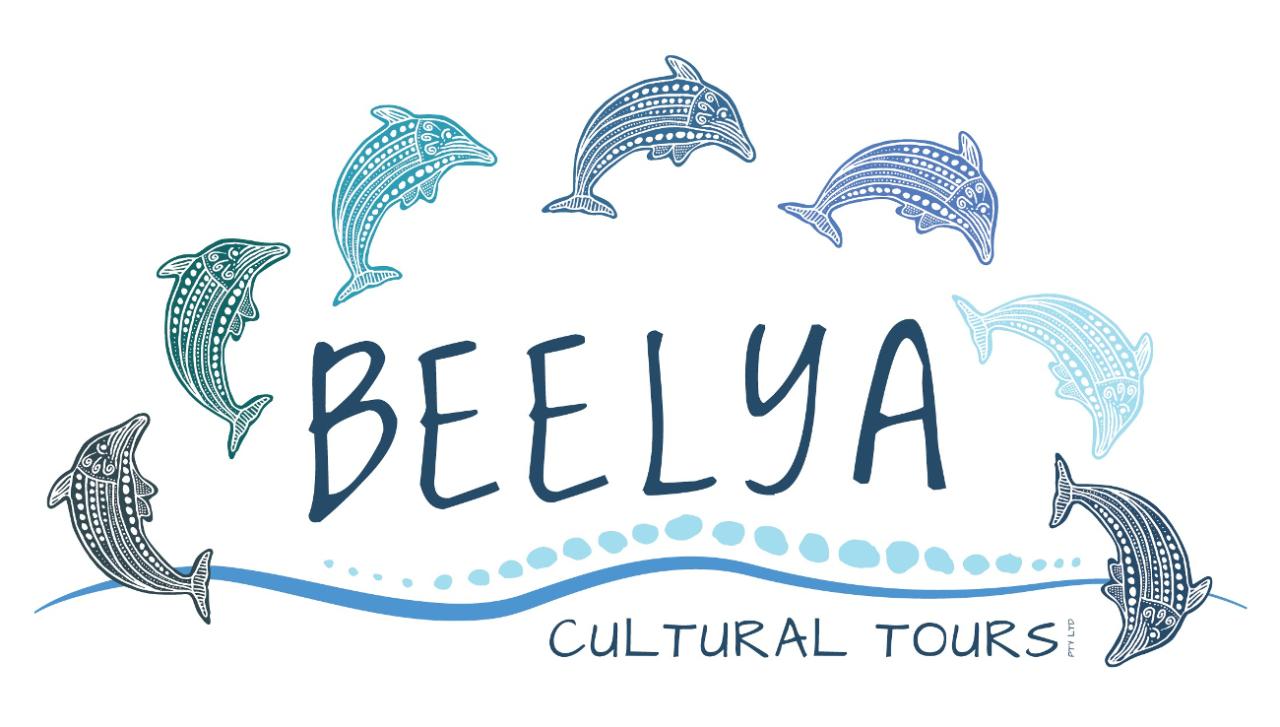
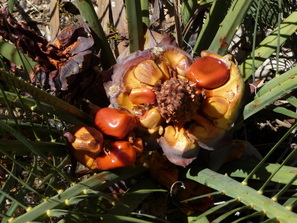
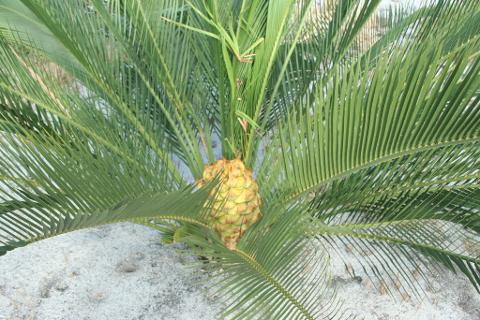
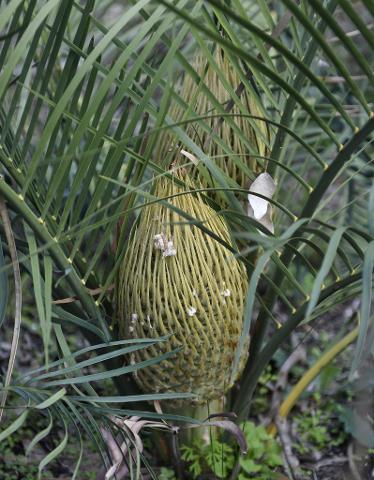
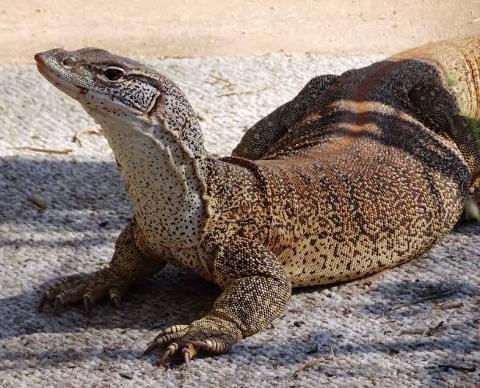

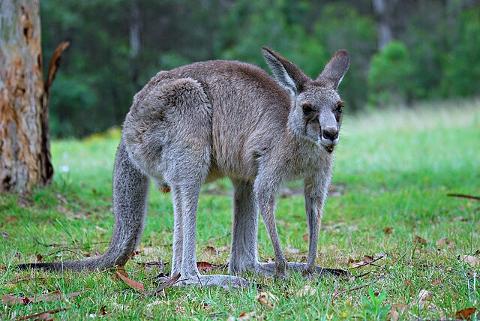
- Durata: 90 Minuti (circa)
- Luogo: Bedfordale, Armadale, WESTERN AUSTRALIA
- Codice prodotto: P5YRGV
Kaya Wanju, come and join Beelya Cultural Tours for the very first time on a Six Seasons Walking Tour in the Perth Hills region with Noongar Cultural Custodians. Here's a unique opportunity to immerse yourself in the world's oldest living and continuing Culture whilst learning about the different Flora and Fauna that live and thrive throughout the Noongar Boodja.
*Ticket prices are GST incl.
MAKURU - Season of Fertility
SEASON DESCRIPTION
Makuru Season sees the coldest and wettest time of the year to move back inland from the coast as the winds turned to the west and south bringing the cold weather, rains and occasionally snow on the peaks of the Stirling and Porongurup Ranges.
As the waterways and catchments start to fill,Noongar People were able to move about their Country with ease and thus their food sources changed from Sea, Estuarine and lake foods to those lands in particular the grazing Animals such as the Kangaroo. As well as a food source, animals provided people with many other things. For example, the Yonga (Kangaroo) not only provided meat but also provided Bookas (Skin Cloaks/clothing) that were used as the nights become much cooler. Nothing was left; even the bones and sinews were used in the manufacturing of Bookas and for Hunting tools such as spears.
MAKURU is also a time for a lot of animals to be pairing up in preparation for breeding in the coming season. If you look carefully, you might see a pair of Wardong (Raven) flying together. You also notice these pairs not making the usual 'ark ark arrrk' sound that these birds are well known for when flying solo. Upon the lakes and rivers of the Southwest, you'll start to see a huge influx of Maali (Black Swan) as they start to prepare to nest and breed.
Flowers that will start to emerge include the Blues and Purples of the Blueberry Lily (Dianella Revoluta) and the Purple flags (Patersonia Occidentalis). As the season comes to a close, you should also start to notice the white flowers of the Weeping Peppermint (Agonis Flexuosa) as the blues start to make way for white and cream flowers of Djilba.
KEY HIGHLIGHTS:
- Spend 90 minutes walking around the Trails
- Hear from Traditional Owners of the Noongar Nation and learn about the local area in which the Noongar people lived
- Learn about the Ecosystem and all the Bush Foods, Plants and Medicines that can be found along the Trail
WHAT'S INCLUDED:
Cultural Ceremony - Welcome/Acknowledgement to Country and Smoking Ceremony (starts 30 mins prior to departure)
- Damper with Quandong Jam or Desert Lime Marmalade
TRAIL DESCRIPTION:
Let your sense of adventure loose on the Wungong Gorge trail. It's widely regarded as one of Perth's most challenging and breathtaking day hikes, following the winding path of Wungong Brook through some of the most dramatic landscapes and beautiful rugged Scenery in the Darling Ranges.
Drink in the sweeping Gorge views from the impressive granite outcrops and take a moment of marvel at these 2,500 million year old formations, among the most Ancient rock formations on Earth. There are a few Historic points of interest to check out too, including an old Granite quarry, a 'V notch' gauging weir, and the remains of a Pioneer homestead that was built in 1860.
Pack a picnic lunch and plan a rest stop beside the waters of Wungong recreation lake. Or pack your binoculars and explore the 498 hectare Flora and Fauna haven of Bungendore Park - home to more than 100 species of bird including the Forest Red-tailed Black, Black, Baudins and Carnaby's Cockatoos.
The Wungong Gorge Walk is located approximately 5 kms south of Armadale, along the South Western Highway. Access to the track is near the Wungong Brook bridge with parking available at the corner of Rails Crescent (and South Western Highway), about 200 metres north of the start of the trail.
Wungong Gorge follows the Wungong Brook upstream, along the valley floor, of a steep sided and very picturesque valley. Following the valley upstream, you will pass an old granite quarry and several dramtatic rocky outcrops. The track following the brook, along the base of the valley, is fairly level for the most part. The trail leads to the lower parking area of Wungong Dam on Admiral Road. There are toilets located in this carpark.
There are several tracks heading off to the left and right of the main track which climb the sides of the valley, these trails can be quite steep, are not signposted and are recommended for experienced hikers only. A map of the area is recommended to attempt these trails.
Hazards and Warnings:
Difficulty: Grade 4 (moderate) Bush Walk
Length: 11kms
Track Surface: Loose surface with off-track sections
Parking:
Parking is available at the Eastern Entry point on Admiral Road.
NOTE: Please bring along a Reusable Water bottle and Hat. We do not walk the whole trail as we are on a time limit.

